 Ten-year-old Dave Tabler decided he was going to read the “R” volume from the family’s World Book Encyclopedia set over summer vacation. He never made it from beginning to end. He did, however, become interested in Norman Rockwell, rare-earth elements, and Run for the Roses.
Ten-year-old Dave Tabler decided he was going to read the “R” volume from the family’s World Book Encyclopedia set over summer vacation. He never made it from beginning to end. He did, however, become interested in Norman Rockwell, rare-earth elements, and Run for the Roses.
Tabler’s father encouraged him to try his hand at taking pictures with the family camera. With visions of Rockwell dancing in his head, Tabler press-ganged his younger brother into wearing a straw hat and sitting next to a stream barefoot with a homemade fishing pole in his hand. The resulting image was terrible.
Dave Tabler went on to earn degrees in art history and photojournalism despite being told he needed a ‘Plan B.’
Fresh out of college, Tabler contributed the photography for The Illustrated History of American Civil War Relics, which taught him how to work with museum curators, collectors, and white cotton gloves. He met a man in the Shenandoah Valley who played the musical saw, a Knoxville fellow who specialized in collecting barbed wire, and Tom Dickey, brother of the man who wrote Deliverance.
In 2006, Tabler circled back to these earlier encounters with Appalachian culture as an idea for a blog. AppalachianHistory.net today reaches 375,000 readers a year.
Dave Tabler moved to Delaware in 2010 and became smitten with its rich past. He no longer copies Norman Rockwell, but his experience working with curators and collectors came in handy when he got the urge to photograph a love letter to Delaware’s early heritage. This may be the start of something.
Tell us about your book.
Delaware from Freeways to E-Ways examines the transformative history of Delaware during the 20th century, exploring the transition from physical infrastructure, epitomized by T. Coleman du Pont’s pioneering highway, to the digital innovations that culminated in the internet age. Through a blend of meticulous research and engaging narratives, Tabler highlights Delaware’s contributions to key industries, social movements, and cultural milestones. From the rise of the du Pont family to the legacy of the Nanticoke people, the book offers a vivid tapestry of events and figures that shaped both the state and the nation.
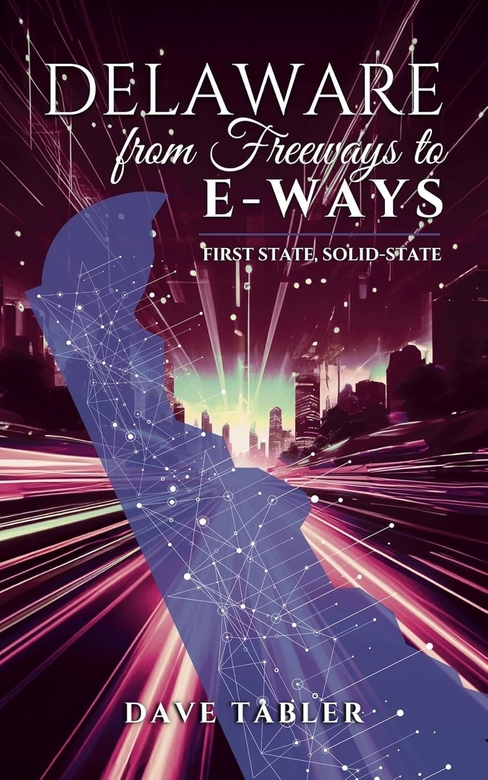 What do you think are the main pitfalls for indie writers?
What do you think are the main pitfalls for indie writers?
One of the biggest pitfalls for indie writers is trying to do everything alone. The freedom of indie publishing can feel empowering, but it also tempts authors to take on roles best suited for professionals – like editing, cover design, or marketing – without the necessary expertise. Writing the book is only part of the process; ensuring its quality and marketability is just as critical.
Many indie writers also overlook the importance of building a connection with readers. Whether through engaging on social media, attending events, or writing a thoughtful author’s note, cultivating those relationships can make all the difference in sustaining a writing career. Success rarely happens overnight, and indie publishing requires patience, persistence, and a willingness to adapt to feedback and market trends.
What tips can you give other authors looking to self-publish?
Self-publishing is an exciting path, but it requires wearing many hats. My first tip is to invest in quality. Hire a professional editor and cover designer. Readers judge books by their covers, and a polished interior will keep them turning the pages. The upfront cost may sting, but it’s worth it to deliver something you’re proud to put your name on.
Second, know your audience. Whether you write history, fiction, or cookbooks, think about who you’re writing for and where they spend their time. In my case, Delaware history lovers are often part of local historical societies or attend regional events. Finding your niche and connecting with those communities is key.
Finally, be patient and strategic. Self-publishing isn’t a sprint; it’s a long game. Build relationships with readers, ask for honest reviews, and focus on producing high-quality work rather than chasing quick success. Above all, don’t try to do it all at once. Focus on what you can do well, and let the process grow organically.
Tell us about the genre you wrote in, and why you chose to write this sort of book.
I write history. I try to focus on context and complexity—probing the forces and figures that shape our shared narratives. My approach aims to move beyond just telling the story; I want readers to see the intricate layers behind events and traditions, particularly as they relate to Delaware. Writing in this genre allows me to explore how seemingly small places or moments contribute to larger cultural and historical currents. I chose to focus on Delaware because it’s a state that often gets overlooked, yet it has a fascinating and outsized impact on American history.
Who are your biggest writing inspirations and why?
As a historian, I find inspiration in the figures I’ve written about who demonstrate integrity, courage, and an ability to persevere despite overwhelming odds. These traits resonate not only with history but also with the act of writing itself.
Take Caesar Rodney, for example, from Delaware Before the Railroads. Despite being gravely ill, he rode through a treacherous thunderstorm to cast his decisive vote for American independence. His determination and stamina remind me that commitment to a vision—whether it’s liberty or crafting a meaningful narrative—is worth every ounce of effort.
Another figure is John Dickinson, also featured in Delaware Before the Railroads. Known as the “Penman of the Revolution,” he advocated for independence through thoughtful, measured writings rather than dramatic displays. His intellectual rigor and ability to wield words for change are qualities I strive to emulate as a writer.
From Delaware from Railways to Freeways, I admire the du Pont family’s boldness in embracing innovation, whether through their industrial leadership or contributions to education and infrastructure. Their adaptability and forward-thinking approach inspire me to innovate in my own way, whether it’s in exploring new historical themes or presenting Delaware’s stories with fresh perspectives.
Lastly, Harriet Tubman’s story in Delaware from Railways to Freeways stands out. Her fearlessness and resourcefulness, particularly during the perilous “Tilly Escape,” embody the kind of courage and creative problem-solving that any writer—or person—should aspire to.
Each of these individuals faced challenges and pushed forward with unwavering resolve, a quality I believe is essential not just for history-makers but for storytellers as well. They remind me that great work comes from persistence, precision, and a belief in the value of what you’re creating.
What makes Delaware’s history unique, and why do you keep returning to it in your books?
Delaware’s history fascinates me because it offers an outsized perspective from a small state. It’s a place where local events have rippled outward, shaping national and even global narratives. Each of my books has explored a distinct era, from the pre-railroad maritime world to the rise of digital connectivity, and every time I dig into Delaware’s stories, I find another thread that connects to the larger tapestry of American history. Its geography, industries, and communities create a microcosm of the country’s evolution, which I find endlessly compelling as a historian.
How do you decide which stories to focus on within a given period or theme?
I look for stories that reflect Delaware’s unique role in broader historical movements while still showcasing the individuality of the people and communities that lived them. For example, in Delaware Before the Railroads, I focused on how maritime trade and colonial industries laid the groundwork for the state’s identity. In Delaware from Railways to Freeways, I explored how railroads reoriented life in the state, both geographically and economically. Whether it’s the transformation of transportation networks or the evolution of holiday traditions in Delaware at Christmas, I try to choose stories that not only entertain but also help readers see how the past continues to shape our present.
What do you hope readers take away from your books?
I want readers to feel that history isn’t distant or abstract—it’s deeply personal and ever-present. My goal is to spark curiosity about the layers of history that surround us, whether in the highways we drive, the traditions we celebrate, or the buildings we pass by every day. I hope my books inspire people to see Delaware, and history in general, with fresh eyes and to appreciate the often-overlooked contributions of smaller places and communities to the larger American story. If my work encourages even one person to connect with their local history, I’ve done my job as a writer.
What did you learn on your journey as an author?
I’ve learned the value of uncovering compelling narratives in history’s quieter corners. It’s not just about the big events or well-known figures; often, the most profound stories are found in the details that others might overlook. I’ve developed a deep respect for balancing meticulous research with a commitment to making history accessible and engaging. It’s not enough for me to simply present information—I want readers to feel connected to it, to see how the past resonates in their lives today.
This journey has taught me to approach my work with both curiosity and empathy. I’ve realized the importance of honoring complexity while maintaining clarity, ensuring that the stories I tell don’t feel academic or distant but instead invite readers into a shared exploration of our collective past. In many ways, I’ve learned that the heart of writing history is not just preserving it but making it come alive in a way that inspires reflection, understanding, and even a sense of discovery.
What’s next for you as an author?
My projects always grow from an enduring curiosity about how history weaves through our lives. After Delaware from Freeways to E-Ways, which explored the state’s 20th-century journey from physical infrastructure to digital frontiers, I’m now working on Delaware at Christmas. This book examines the holiday traditions and stories that shaped our communities, from the early settlers’ Swedish Jul customs to the legacy of the holly wreath industry in Milton. I’m aiming to release it for Christmas 2025.
Author Links
Get an Editorial Review | Get Amazon Sales & Reviews | Get Edited | Get Beta Readers | Enter the SPR Book Awards | Other Marketing Services


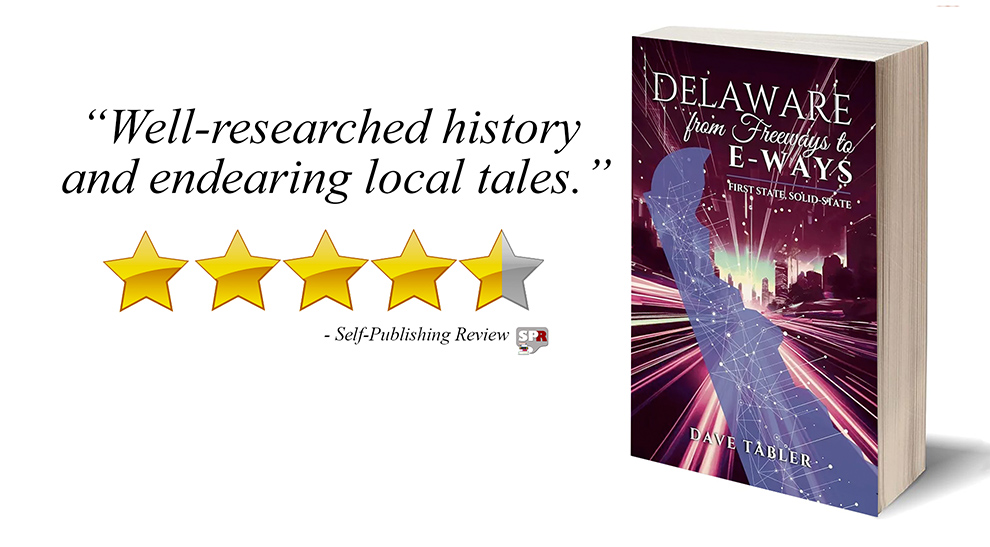





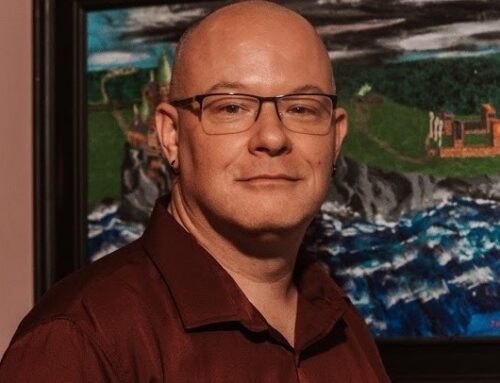


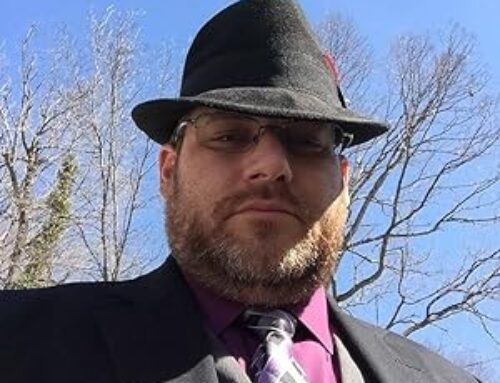






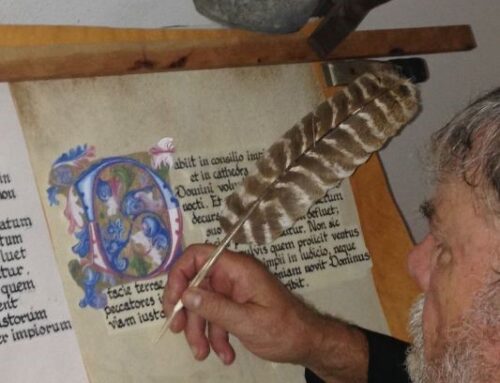



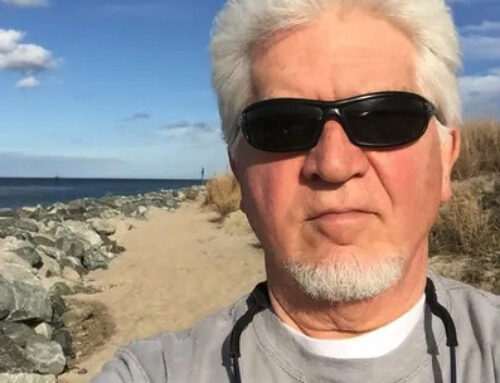
Leave A Comment